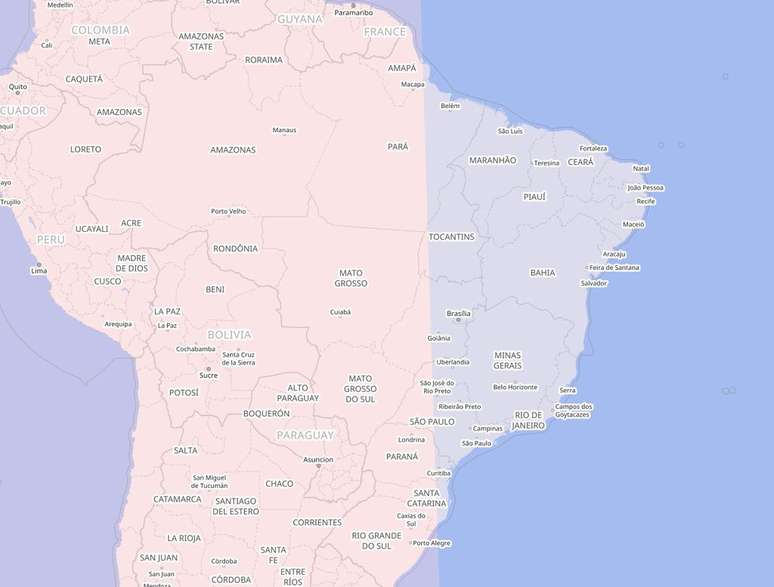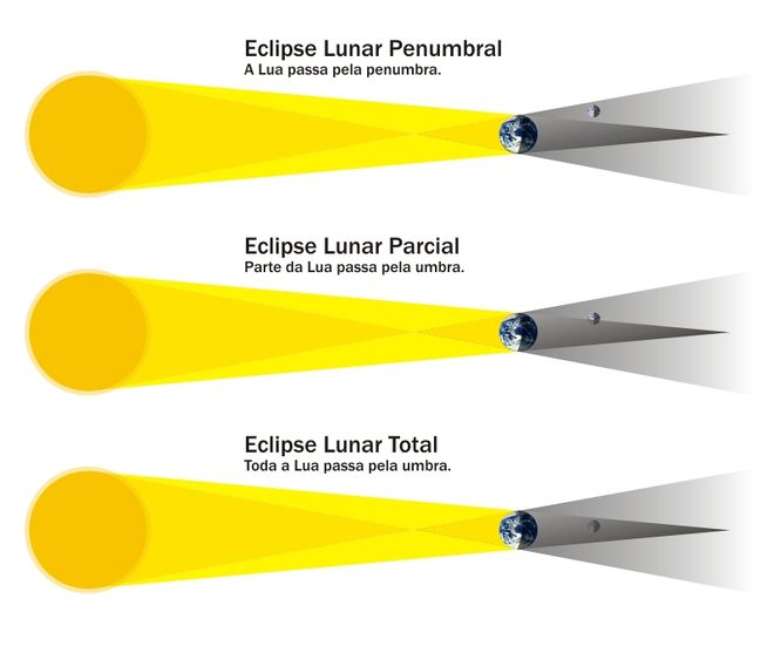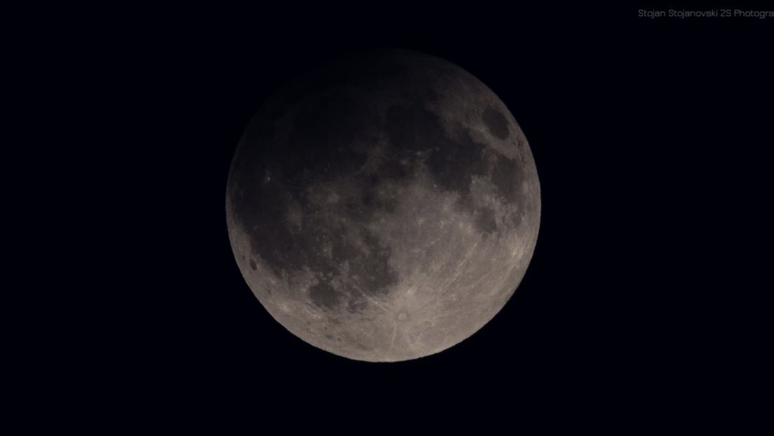The penumbral lunar eclipse occurs this Monday, making the Moon a little darker than usual. Find out how to observe
OR penumbral lunar eclipse it is the great astronomical attraction of this Monday (25th). While this version of the phenomenon is harder to notice than partial and total eclipses, it’s worth looking up and watching the Moon’s brightness decrease during the early morning hours.
- Eclipse 2024 | Find out when solar and lunar eclipses occur this year
- March sky | Conjunctions, equinoxes and comets are the highlight of this month
In Brazil the eclipse can be observed for its entire duration. Below you can check the observation times in Sao Paulo; however, the phenomenon can be observed around the same time throughout the country.
- 01:53:16 – Penumbral eclipse begins;
- 04:12:51 – Maximum phase;
- 06:07:50 – Moon sets, making it impossible to observe the end of the event.

In the map above, the pink band indicates the regions where the eclipse can be seen until the end, that is, before the Moon sets. The bluish band reveals the places where our natural satellite sets a little earlier.
What is a penumbral lunar eclipse?
During a penumbral lunar eclipse, the Sun, Earth, and Moon are nearly aligned, but not quite. The slightly uncertain position causes the Moon to be in the penumbra, a weaker shadow cast by the Earth. This shadow cannot completely hide the brightness of our natural satellite.
You can observe the penumbra in the shadow of a pole cast on a sidewalk, for example: there you will notice that the part of the shadow closest to the object will have much more defined edges than the part further away. The larger and further away from the post, the more diffuse the edge of the shadow will be.
You can also test the dim light effect using any object in your home; just move it closer and further away from the surface while a light source (a lamp or the Sun itself) produces the shadow.

And how does all this happen during the lunar eclipse? Well, since the Moon is already very far from our planet, the Earth’s shadow has blurry edges. Depending on the alignment between the stars, the Moon can fall into the umbra (the darkest part of the shadow, capable of blocking much of the sunlight) and form a total eclipse, or simply pass through the penumbra.
Once in dim light, the Moon can no longer receive all the sunlight, although it remains significantly illuminated by the star. The unaware may not even realize that an eclipse is occurring, but those who are aware of the event will likely notice the difference compared to the full Moon outside of an eclipse. Of course it will also be night full moonas well as all lunar eclipses.
Source: timeanddate.com
Trends on Canaltech:
- Stanley Cup CT scan reveals where the lead is located
- The 3-body problem | Why does the series have that name?
- Brazil x England | Where to watch the Seleção friendly match live?
- 🤑 MORE DOWNLOADED | Buy Galaxy S23 Ultra 256 GB with exclusive coupon
- Netflix releases this week (03/22/2023)
- The solar storm delays, but could arrive at any time
Source: Terra
Rose James is a Gossipify movie and series reviewer known for her in-depth analysis and unique perspective on the latest releases. With a background in film studies, she provides engaging and informative reviews, and keeps readers up to date with industry trends and emerging talents.







